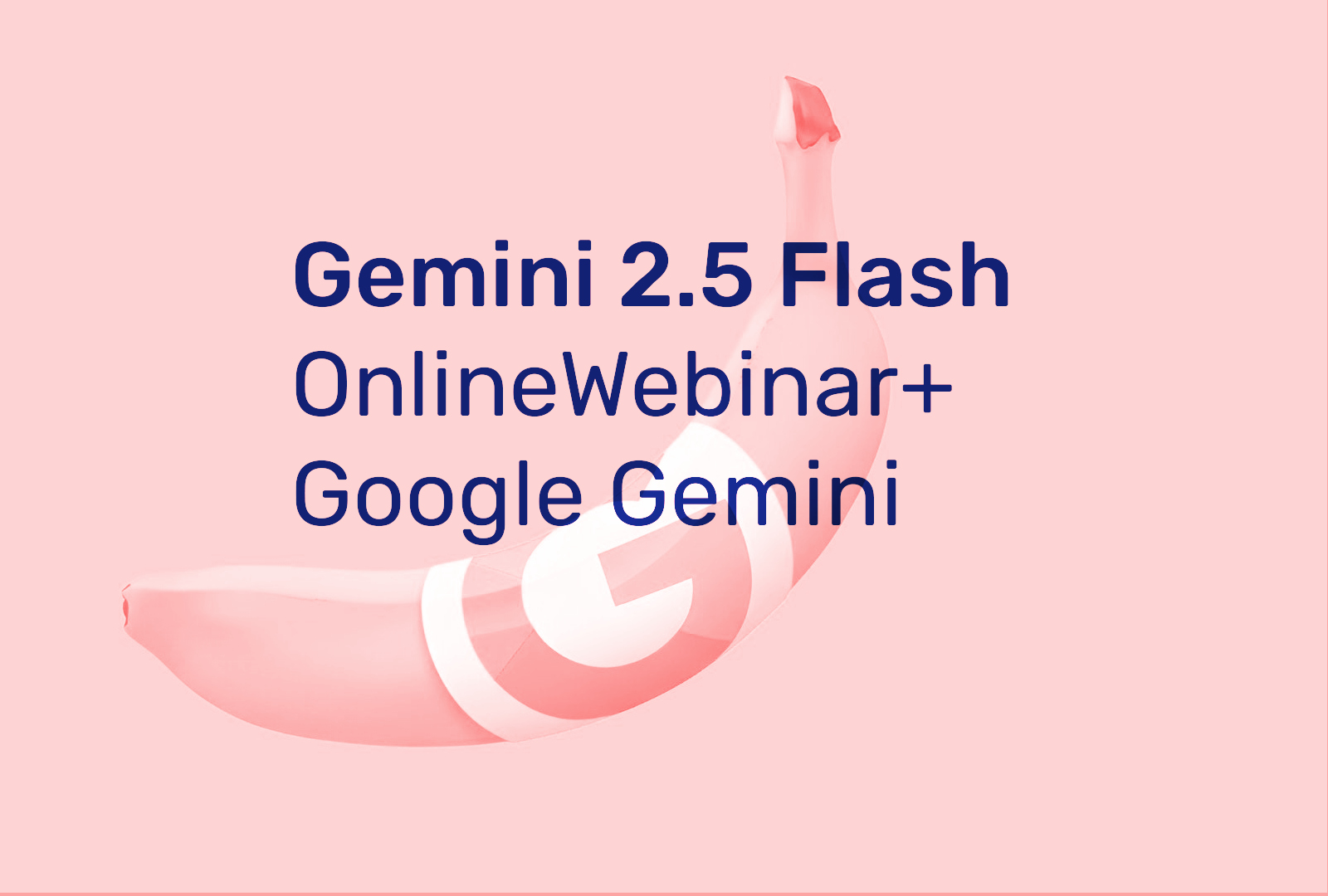Is Gemini 2.5 Flash really so impressive for Webinar Creators?
The Photoshop AI that we all have been waiting for?

Google recently unveiled Gemini 2.5 Flash Image (aka “Nano Banana”), a next-gen AI model for image generation and editing that supports blending multiple images, maintaining character consistency, and making precise edits via natural language prompts.
This opens a new frontier for webinar creators, especially when visuals and branding matter. Below are opportunities, practical uses, and caveats to consider.
Why it’s a Big Deal
- Seamless image editing & generation: You can now transform or combine visuals with text prompts, e.g. adjusting background, clothing, or posture, while preserving subject identity.
- Interleaved text+image output: The model can output images and accompanying text in the same prompt, useful for slides or content that mix visuals with narrative.
- Higher resolution & quality: It supports image generations at 1024px with sharper detail.
- Better cost & efficiency: The new Flash and Flash-Lite versions aim to reduce output token usage (and thus cost) while improving speed and quality.
Practical Uses for Webinar Creators
Here’s how you can put Gemini 2.5 Flash Image to work in your webinar workflows:
Use Cases
Custom slide assets on the fly: Generate a branded visual or background during planning (e.g. “create an abstract backdrop with our brand colors and logo”) Benefit: Speeds up visual design, reduce reliance on graphic designers
Visual consistency across touches: Use the same subject (e.g. speaker) across banner, close-up, thumbnail images Benefit: Keeps the branding consistent and professional
Dynamic promotion visuals: Generate several variant visuals for social promos or email headers Benefit: Allows A/B testing of visuals with minimal effort
Interactive imagery in presentation: During Q&A or interactive segments, dynamically generate or adapt visuals to illustrate a point Benefit: Lifts engagement and visual storytelling
Things to Watch Out For / Limitations
- Editing people is tricky: While Flash Image is improved in maintaining likeness, subtle changes can still create uncanny results.
- Content moderation & bias: AI image tools can reflect biases or inadvertently produce problematic representations. Use with caution, especially when representing people or sensitive topics.
- Prompt quality matters: The better your prompt (descriptive, narrative rather than keyword lists), the better result.
- Licensing & attribution: Generated images may come with usage constraints or watermarking (e.g. SynthID watermarks).
How Webinar Teams Can Prepare Now
- Start experimenting early — Try generating visuals with Gemini 2.5 for upcoming webinars (poster, banners, slides) to test what works.
- Develop prompt templates — Create a library of prompts for your brand (e.g. “speaker on-stage with our blue gradient backdrop”)
- Blend human + AI — Use Gemini as a co-designer; humans still review and refine the output
- Track performance — A/B test visuals created with Gemini vs human design to see what resonates more
- Integrate into your visual workflow — Feed generated images directly into your slide tool, graphics tool, or design pipeline
Conclusion
Gemini 2.5 Flash Image brings a powerful set of image generation and editing features that can help webinar creators level up visuals, speed up design, and maintain brand consistency, all using natural language prompts. While still not perfect for highly nuanced editing, its capabilities open a space for design innovation in webinar marketing and production.
